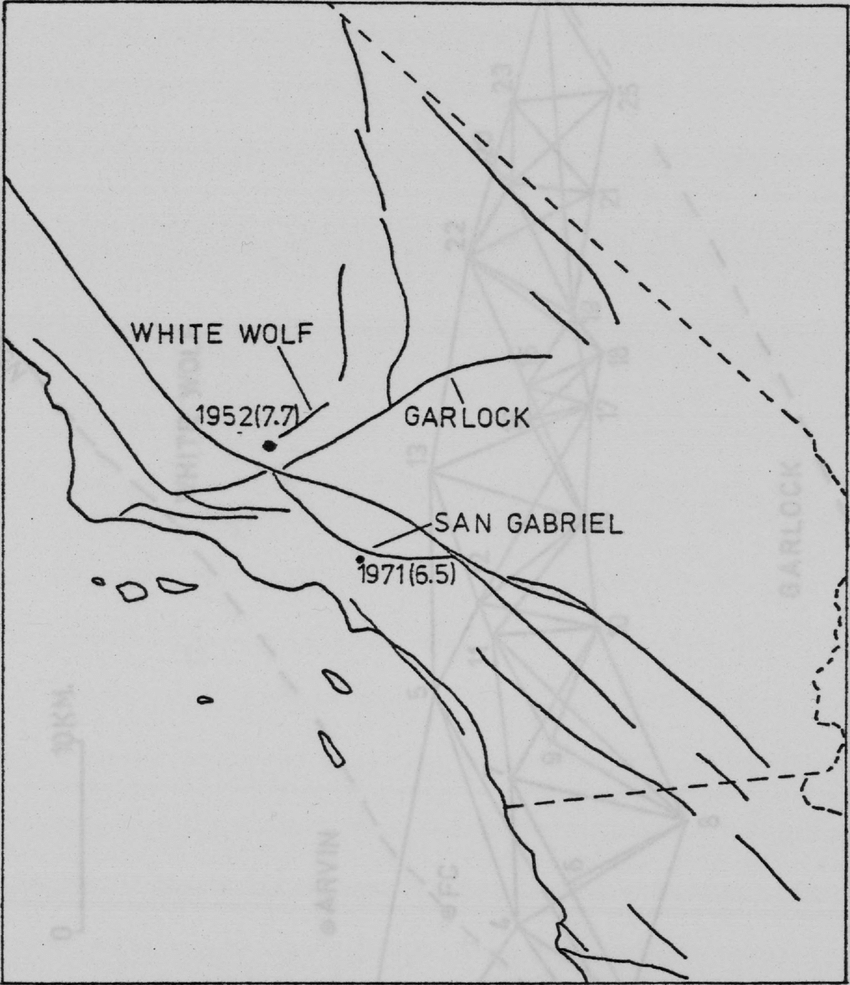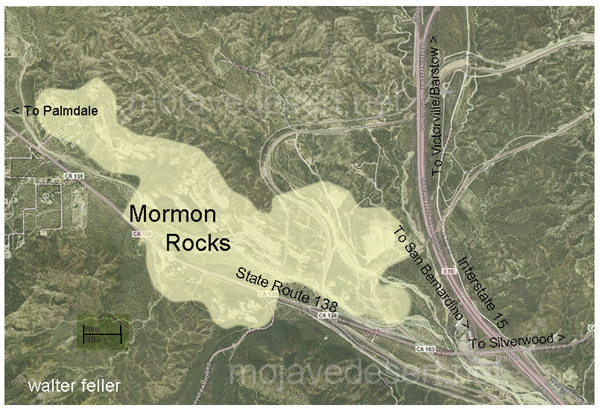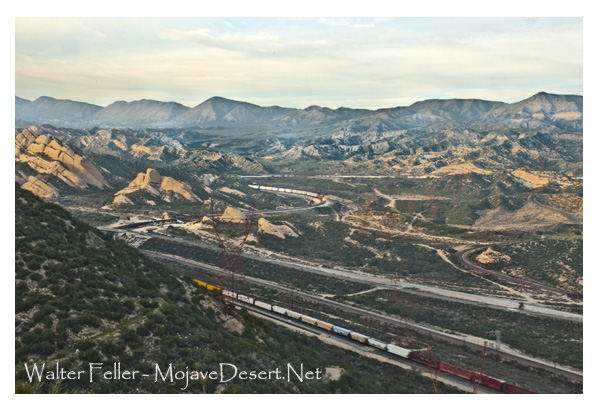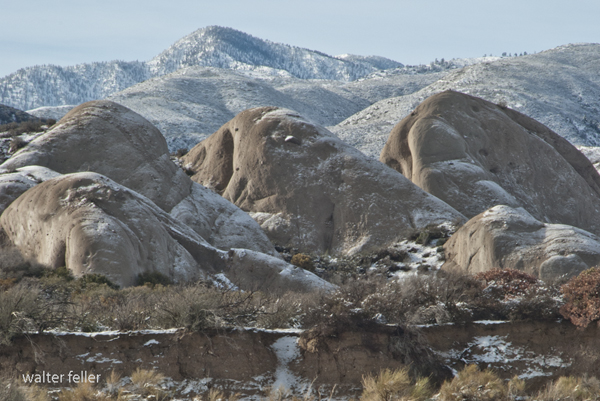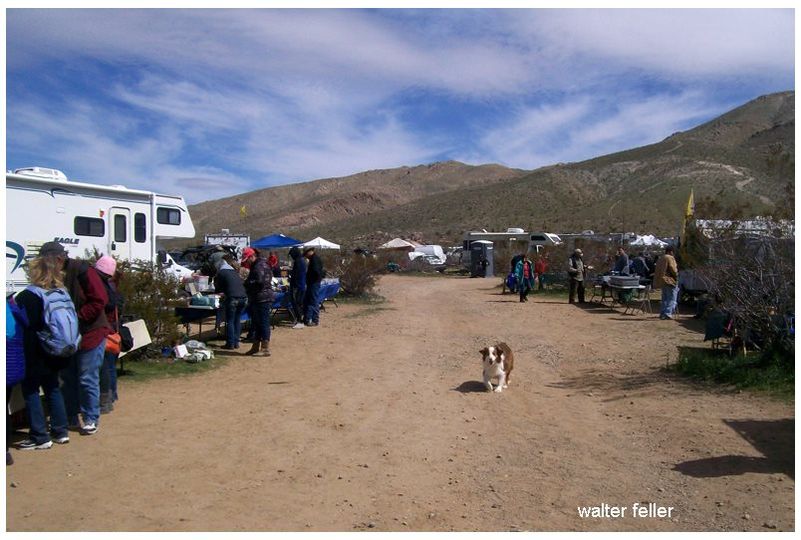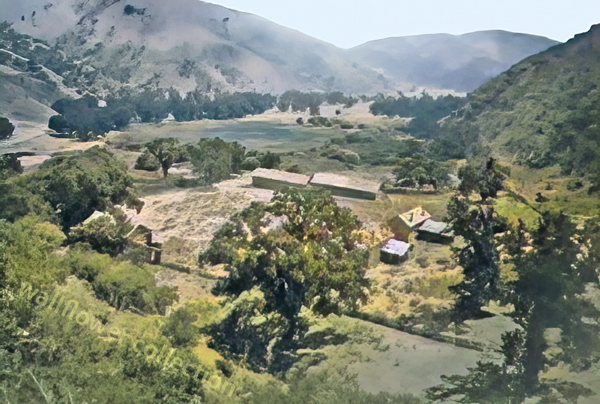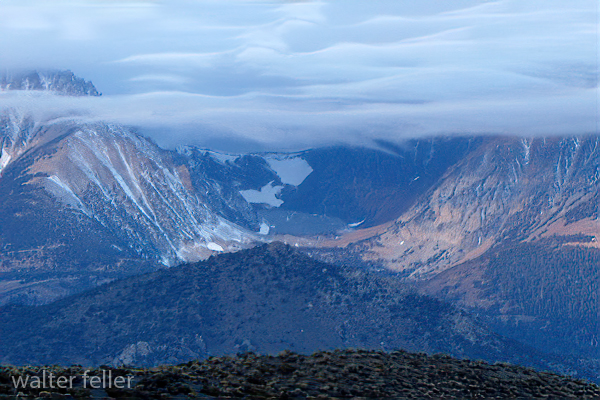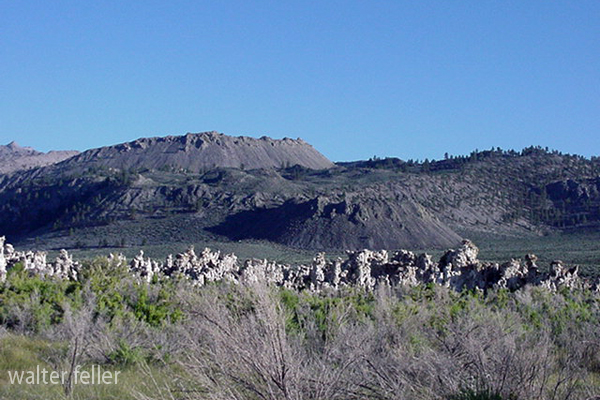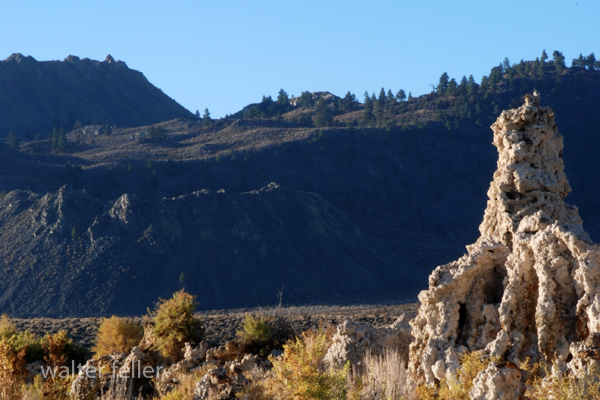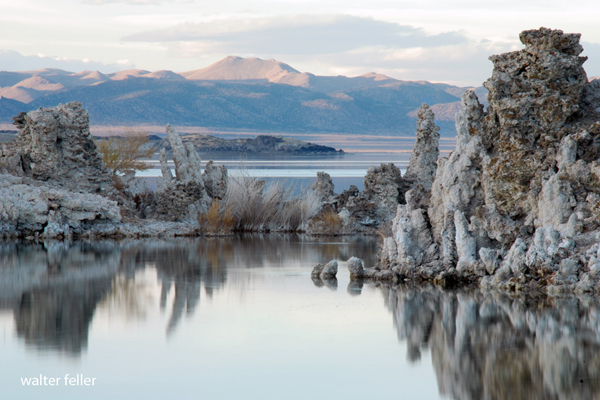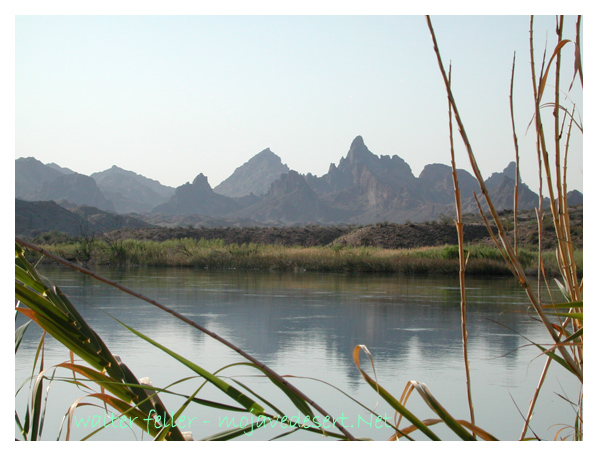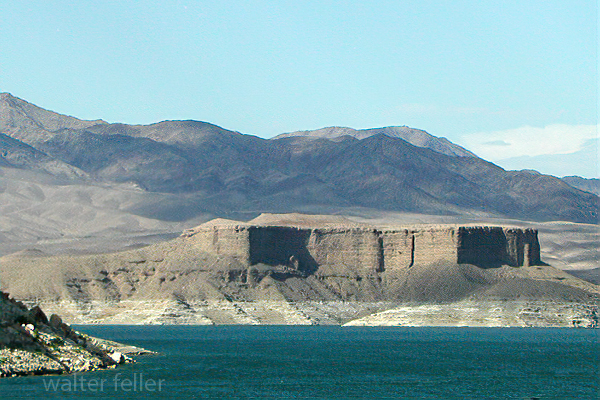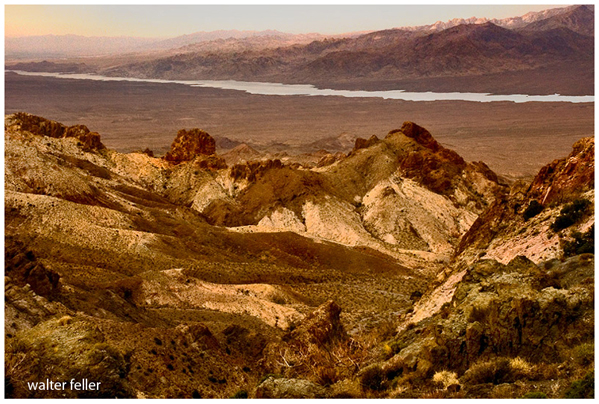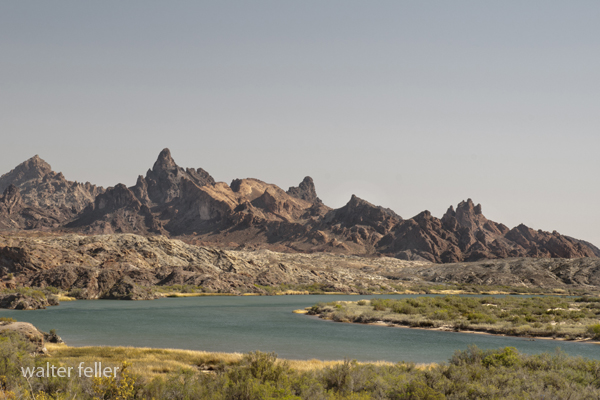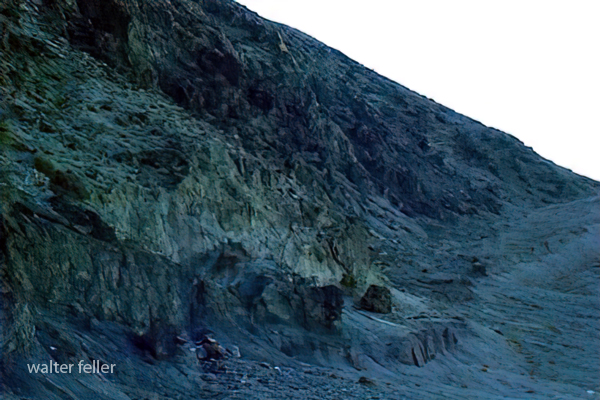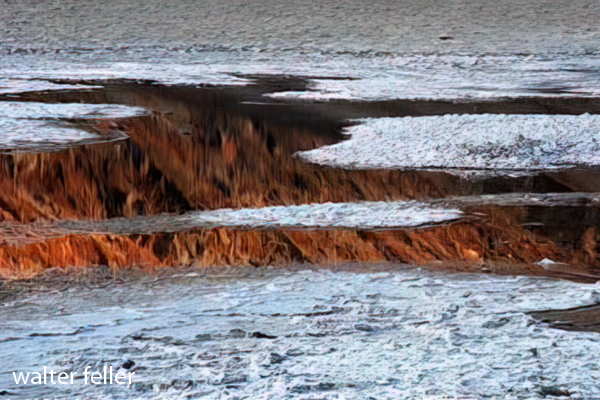San Juan Capistrano (Wrightwood)
December 8, 1812 | M7.5
This midmorning earthquake occurred on December 8, 1812, with an estimated magnitude of 7.5 (Mw). The location is uncertain but probably on the San Andreas fault near Wrightwood in San Bernardino County.
This quake is remembered, and named after, its death toll: forty Native Americans attending mass at San Juan Capistrano were killed when the church collapsed due to the mortar in the walls failing. Records from this time are poor, but it is likely that there was also damage at Mission San Gabriel and in San Diego.
1857 Fort Tejon Earthquake
The Fort Tejon earthquake occurred on January 9, 1857, and is one of the largest historical earthquakes in California. It had an estimated magnitude of 7.9 and was associated with the southern segment of the San Andreas Fault
1952 Kern County Earthquake
The 1952 Kern County earthquake occurred in southern California on July 21, 1952. This earthquake had an estimated magnitude of 7.3, making it one of the most powerful earthquakes in California’s history. The epicenter was near the White Wolf Fault in the southern Sierra Nevada mountain range.
1872 Owens Valley Earthquake
The 1872 Owens Valley earthquake was a significant seismic event on March 26, 1872, in Owens Valley, California, USA. The earthquake is estimated to have had a magnitude of 7.4 to 7.9, making it one of the largest historical earthquakes in California.
Cajon Pass
July 22, 1899 | M5.7
On July 22, 1899, a magnitude 5.7 (ML) earthquake occurred about 15 miles northwest of San Bernardino. People reported feeling this quake in much of Southern California. No deaths were reported, but the number of injuries is uncertain.
The earthquake caused landslides that blocked the Lytle Creek Canyon road and the road through Cajon Pass. It also caused some damage to buildings in San Bernardino, Highland and Patton. Minor damage was also reported in Redlands, Pomona, Riverside, Pasadena and Los Angeles.
Manix
April 10, 1947 | M6.5
On April 10, 1947, a magnitude 6.5 (Mw) earthquake occurred about 25 miles east of Barstow. Because of its remote location, it didn’t cause a lot of damage. However, there were reports of cracked floors and walls, a few collapsed structures, and heavy objects being moved.
This quake was notable because it was the largest earthquake at that time—and the first to cause surface rupture (about three miles of rupture)—in the Mojave Block tectonic region.
Big Bear Earthquake
TYPE OF FAULTING: left-lateral strike-slip
TIME: June 28, 1992 / 8:05:30 am PDT
LOCATION: 34° 12′ N, 116° 49.6′ W 8 km (5 miles) SE of Big Bear Lake 40 km (25 miles) east of San Bernardino
MAGNITUDE: MSS.4
DEPTH: 5 km
While technically an “aftershock” of the Landers earthquake (indeed, the largest aftershock), the Big Bear earthquake occurred over 40 km west of the Landers rupture, on a fault with a different orientation and sense of slip than those involved in the main shock — an orientation and slip which could be considered “conjugate” to the faults which slipped in the Landers rupture.
The Big Bear earthquake rupture did not break the surface; in fact, no surface trace of a fault with the proper orientation has been found in the area. However, the earthquake produced its own set of aftershocks, and from these, we know the fault geometry — left-lateral slip on a northeast-trending fault.
Following the Landers mainshock by three hours (it occurred while TV news coverage of the Landers earthquake was being broadcast live from Caltech), the Big Bear earthquake caused a substantial amount of damage in the Big Bear area, but fortunately claimed no lives. Landslides triggered by the jolt blocked roads in the San Bernardino Mountains, however, aggravating the clean-up and rebuilding process.


